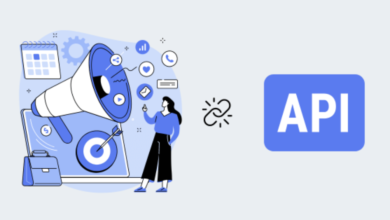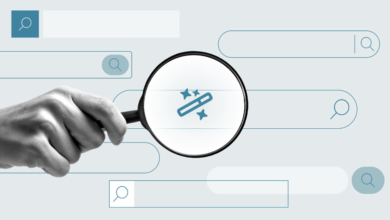
Digital marketers are facing a number of challenges at the moment, all of which will define the industry’s outlook in 2023. Macroeconomic obstacles are making media planning more complicated and short-term in its outlook, while privacy regulations mean targeting and measurement are becoming increasingly challenging.
Given these problems, what should the industry be looking towards in 2023? The answer lies in Artificial Intelligence (AI). Indeed, the promise of AI is now well established, with some of the most successful brands in the US having leveraged it for several years already. But as brands look at traversing the competitive and turbulent landscape of 2023, AI’s ability to make data more actionable and significantly improve the reach and productivity of media buys will be too good to miss. With this in mind, here are the four ways I believe AI will change digital marketing in 2023.
Sophisticated brands will do more with their own data
Companies are currently sitting on a wealth of data, such as inventory, price position, share-of-shelf, ZIP codes and POS data, which in most cases has failed to be effectively leveraged in the media buying process. This has largely been due to it being siloed in different sections of the business as well as the simple fact that the scale of this data is difficult to standardize and compute using human intelligence alone. However, as brands seek greater value for their ad spend in 2023, all existing business data will need to be utilized to maintain a competitive advantage. One way brands will double the possibilities for their media productivity and extract this is through the use of customizable AI, which can easily break down these silos into valuable data streams that are then actionable in the media-buying process. And already, sophisticated brands are leveraging these solutions to connect what’s happening in other areas of the business with their ad buying. One can think of well-engineered media buying AI as the premium fuel that makes an engine run better. We have seen this year that AI is critical to the modern ad stack, and will see even more of its capabilities in 2023.
Brands will seek out customizable AI for targeting
We can expect that more and more brands will look to customizable AI to reach their full potential, especially as the ongoing deprecation of third-party cookies puts a premium on effective targeting. This is because certain advanced customizable algorithms harness non-user-specific semantic and contextual metadata, which brands and agencies have traditionally passed over in favor of purchasing ‘dirty fuel’ from user-tracking data. At the same time, customizable algorithms give brands the option of introducing their own first-party data and consented third-party data sets into the media buying process. The customizable algorithm can combine these datasets to make their ad targeting more efficient than ever, and can double media productivity almost overnight. This gives brands a unique advantage that will serve them well as the ecosystem becomes increasingly competitive in 2023.
DSPs will embrace best in class AI technologies
It’s not just brands that will be looking for customizable AI either. Indeed, the most mature DSPs have created an open and extensible infrastructure for the ecosystem, and the most advanced have opened up their bidding function and are increasingly offering the opportunity for marketers to bring their own intelligence for advanced optimization of media buying. In the same way that businesses found that the sheer volume and dimensionality of their internal data was too big and complex to analyze themselves, DSPs are recognizing the need for third party specialists to leverage the most advanced features and capabilities of their data. We can therefore expect more and more DSPs to embrace these integrations, to ensure they are working in lockstep with brand objectives.
AI will encourage more virtuous advertising
At the same time, with environmental concerns just as important as economic and regulatory pressures, AI will help in making the industry more respectful of its resources, i.e., being efficient so that we only use what we absolutely need, and move it toward a more virtuous future. Its ability to reallocate budgets in near real time will spell the end to the ‘spray and pray’ tactics which have been so detrimental to the industry’s carbon footprint. Instead, by selecting fewer but higher quality impressions, AI can ensure being green does not come at the detriment of performance.
Preparing themselves for all 2023’s challenges, digital marketers will look to make use of data in their entire ad stack, from planning and targeting to measurement and reporting. AI solutions will be key to making this actionable in the decisioning process and achieving the scale and productivity required to overcome next year’s economic obstacles. Customizable algorithms will be at the spearhead of this integration, and given the current rate at which brands are issuing RFPs for these solutions, along with growing recognition of their worth from the DSPs, they will likely be an industry standard in 2023. Indeed, given their utility in promoting more sustainable practices also, it’s not unreasonable to expect these AI solutions will soon be leveraged across applications. In the meantime, these tools are available and digital marketing managers looking to future-proof their models should be making the most out of them in 2023.





